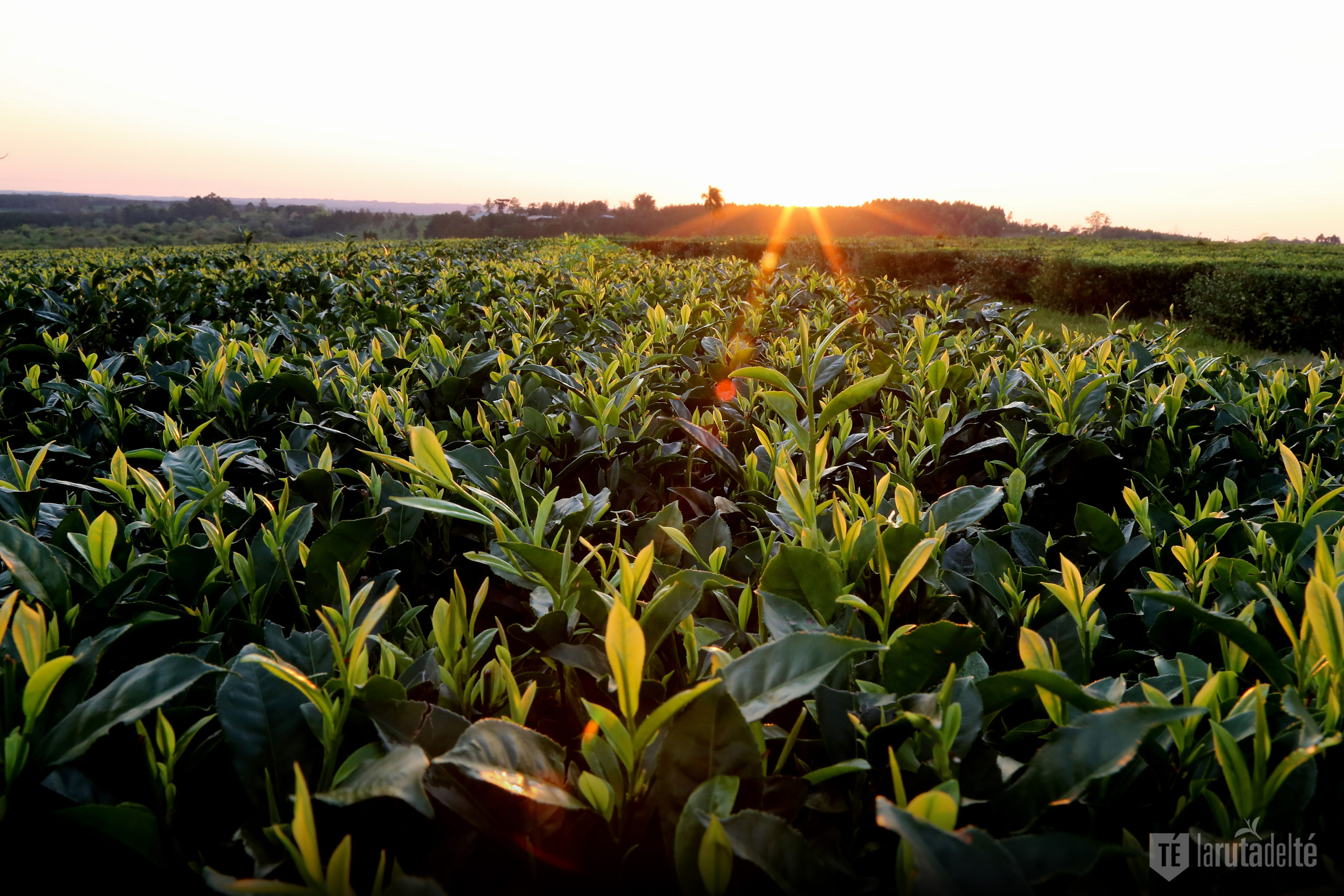
Uniquely positioned in the southern hemisphere where the harvest will soon be underway, Argentina is one of the world’s great tea producing nations.
Tea is harvested from November through April – fortunate timing in a world upended by the coronavirus.
Carolina Okulovich, president of the Chamber of Argentine Tea Manufacturers (CETA), said that the virus arrived as the last of the green tea was harvested. When a mandatory quarantine was issued in Argentina in March 2020, among the exceptions was tea as it was a food, she explained, adding that the industry continued working but with special protocols for COVID-19. The harvest in Argentina is largely mechanized which requires few workers.
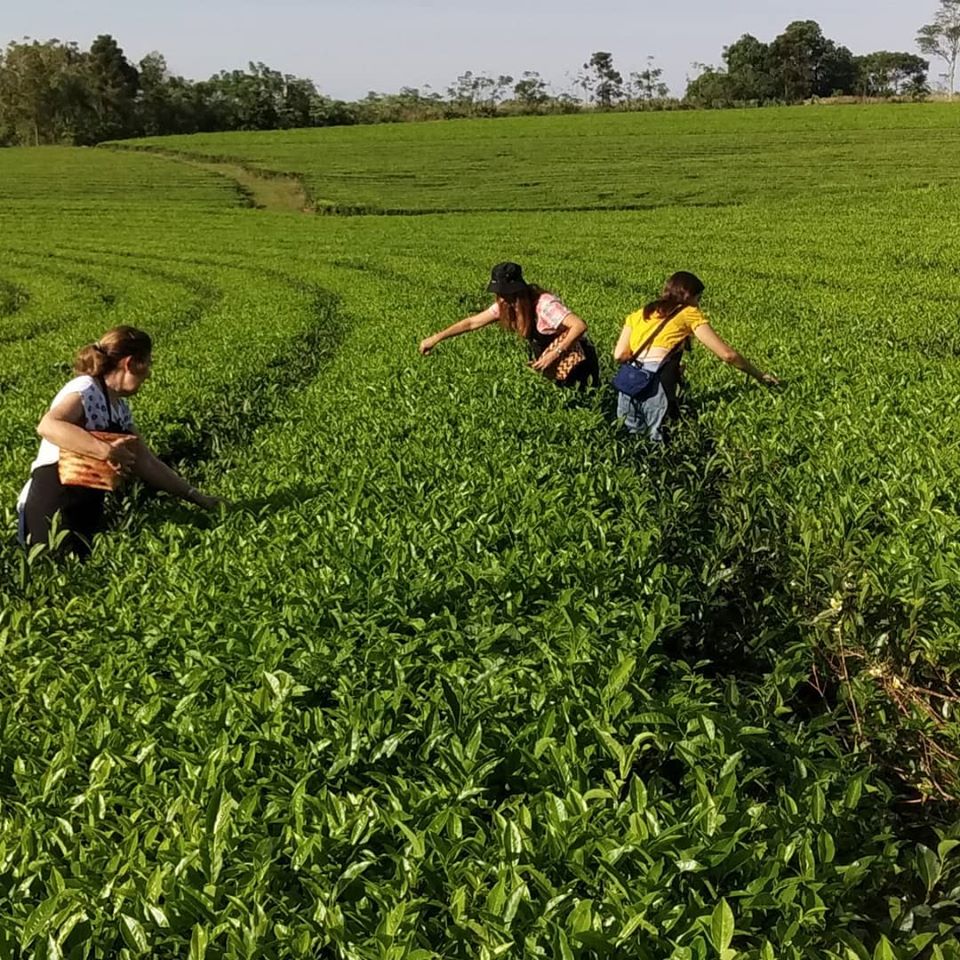
Logistics presented challenges as normal shipping schedules globally were disrupted. This resulted in normally empty warehouses that are still filled with tea.
Okulovich, who owns La Ruta del Té, in Misiones, Argentina, said “the last harvest began in early November 2019, the first months were very rainy, achieving normal volumes at the end of the harvest. Regarding quality, optimization, it was very good performance and productivity too, within the normal parameters that we have been handling in recent years.”
“We are beginning to see the first shoots of tea that indicate the early start of this new season,” writes Roberto Swier, manager of the Picada Libertad Cooperative, in Misiones.
“Last season there was a drop in production due to a lack of rain and cool nights in the middle of summer. We expect to have better weather this year, but the influence of El Niño will remain until December, which often indicates less rainfall,” he said.
Argentina cultivates around 96,400 acres (39,800 hectares) of tea, most of which is grown by 6,000 small farmers in Misiones, a lush sub-tropical rainforest that is part of the Mata Atlântica (Atlantic Forest) biome. Most of the tea is processed as black CTC (cut, tear, curl) used in making iced tea. James Finlays operates Argentina’s largest tea estate and five processing plants with an annual output of 27 million kilos.
A mission in Misiones
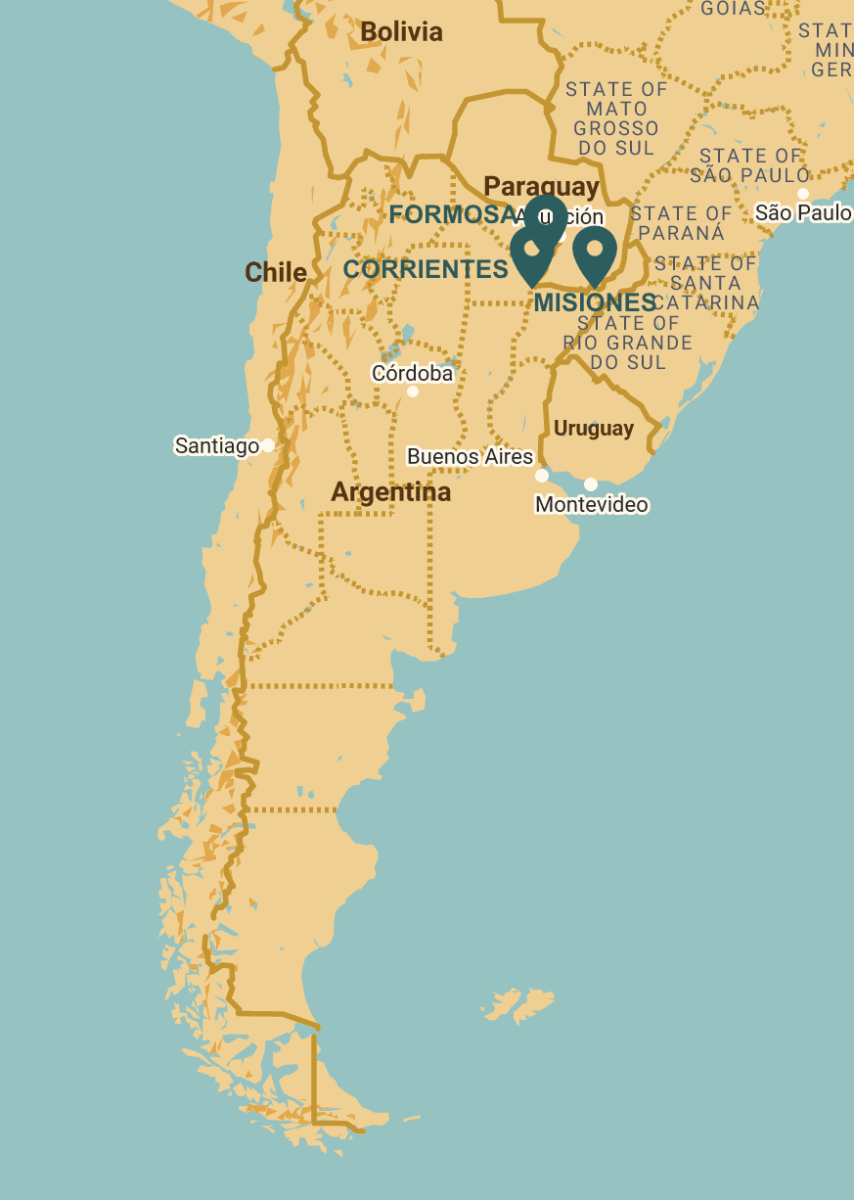
On arriving in Argentina, Jesuit missionaries, concerned with its addictive qualities, first tried to ban yerba maté, a popular indigenous tea. In time they reversed their stance and began cultivating the popular beverage. The first tea seeds arrived from Russia and Paraguay in 1920, but tea cultivation began in earnest in 1923, when the priest Tijón Hnatiuk came to Colonia Tres Capones, in Misiones.
During the 1920s, the Argentine government urged farmers to experiment by planting tea seeds imported from China and distributed to interested farmers. Tea becomes relevant as a commercial crop after 1951 when the government banned tea imports. By the 1980s, growth in acreage accelerated, and small farming operations were consolidated. The growing region is relatively flat, and the harvest today is mostly mechanized.
Argentine black tea is ideal for blending, and Argentina emerged as a significant exporter, consistently ranking among the world’s top 10 producers. Chile was the first country to import Argentine tea, but the US is Argentina’s most important trading partner, and Argentine tea accounts for the largest volume of US tea imports.
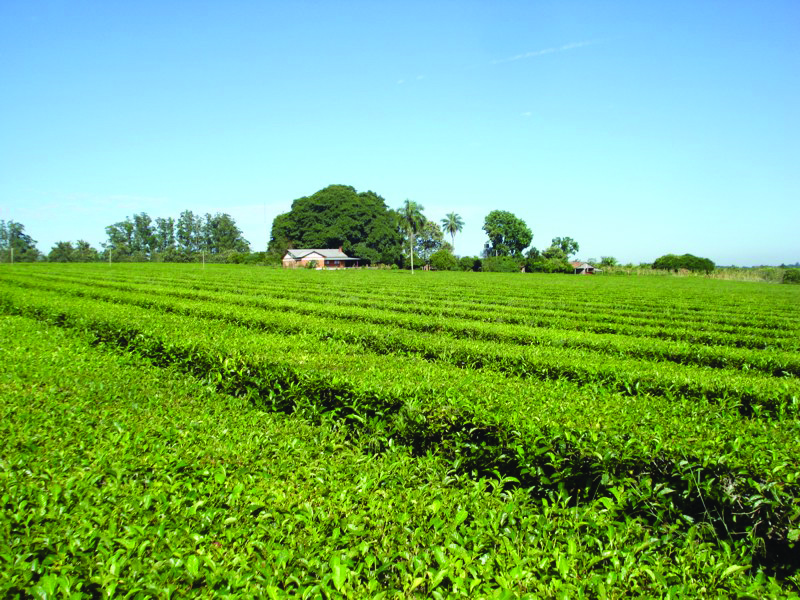
Production in 2018 production was 82,000 metric tons, registering a rise of 2.2% year-on-year, with a ratio between dry tea and green sprout production estimated at 22%. Growers harvested 371,000 metric tons of raw leaves and sprouts. The total placed Argentina sixth among world tea producers in volume sold. Exports generated $ 94 million, according to data from the national Ministry of Finance.
According to the Food Chains Directorate, since March 2019, about 41% of the planted area in Argentina has met Sustainable Agriculture Network standards published by the Rainforest Alliance. The alliance is a non-governmental organization that works to conserve biodiversity and the assurance of sustainable livelihoods. Consumer products from certified farms managed under the SAN standard are certified with this seal.
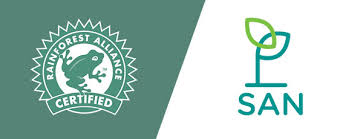 The US and Chile are the main destinations for Argentine exports, with 15% destined for Chile and 70% for the US. Other export destinations include Poland, Germany, Russia, the United Kingdom, India, and the Netherlands. Yields per hectare are on the rise due to genetic improvements, both in seed use and with the clonal vegetative material.
The US and Chile are the main destinations for Argentine exports, with 15% destined for Chile and 70% for the US. Other export destinations include Poland, Germany, Russia, the United Kingdom, India, and the Netherlands. Yields per hectare are on the rise due to genetic improvements, both in seed use and with the clonal vegetative material.
The United Nation’s FAO Intergovernmental Group on Tea predicts the steady expansion of world production of black tea at a rate of 2.2%, reaching 4.4 million metric tons in the next five years. Growth is driven by the increases registered in China, Kenya, and Sri Lanka. Consumption is rising even faster at a projected increase of 2.5% through 2027, due to the strong demand within producing countries. As one of the most productive suppliers, Argentina will continue to prosper as one of the world’s central exporting countries. Tea sommelier Horacio Bustos is director of Gyokuro Círculo Argentino del té, an associaiton recognized by the Ministry of Culture of the Argentine Nation for its role in promoting cultural interest.
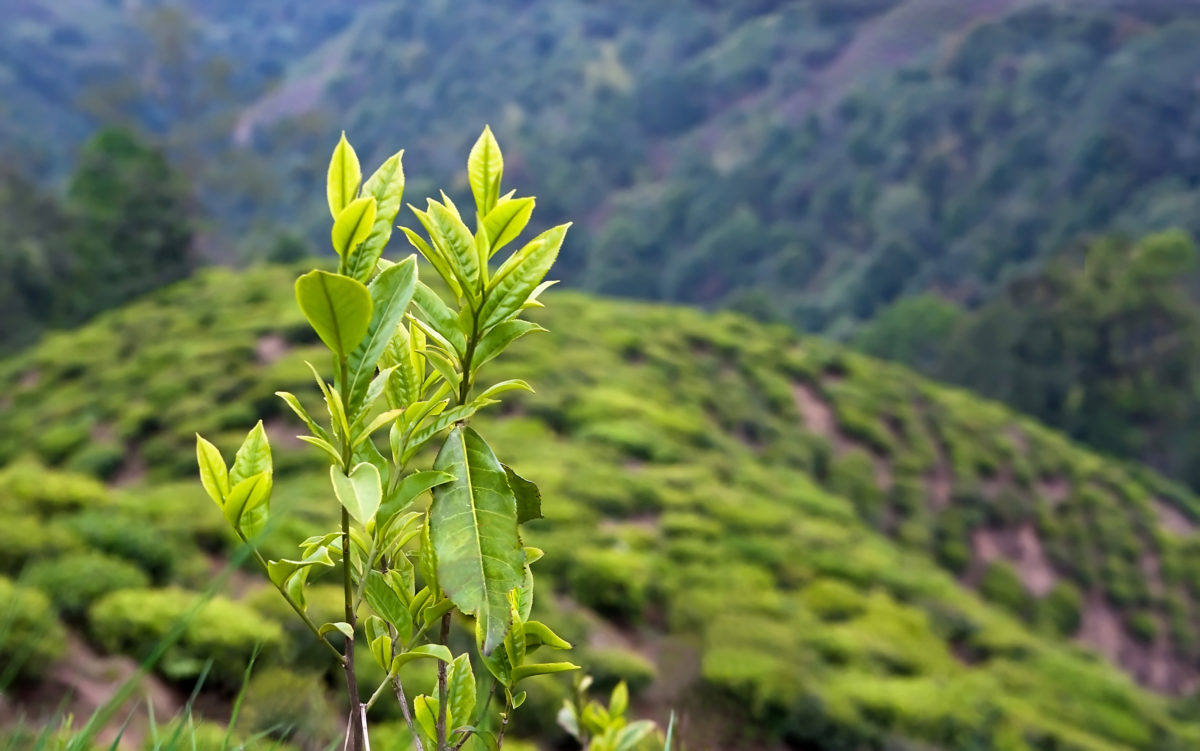
Source: Tea–A New Agricultural Industry for Argentina by Norman R. Stewart in the publication Economic Geography, Vol. 36, No. 3 (Jul. 1960), pp. 267-276 (10 pages). Publisher: Taylor & Francis, Ltd., DOI: 10.2307/141820, https://www.jstor.org/stable/141820
Tea Market
Get More Value from Your Tea: BRU Maker One
+41794574278
Jacque's Organics
(647) 804-7263
Is this tea organic?
Is it tested for pesticide residues and heavy metals?
Is the environment low pollution; air and soil?
Please include information in article.
Thank you!
Hi Thomas, this information is in the article, that’s why I Horacio mentioned the teas are SAN certified by Rainforest Alliance. The tea from Picada Libertad are certified organic under EU and US rules, The Finlay’s teas are Rainforest Alliance certified. Testing for contaminates and pesticide residue is done both at origin and by retailers and wholesalers who market these teas.
Thanks for reading Tea Journey,
Dan
very impressive and informative congratulations and thanks for publishing this beautiful article
congratulations
Hello Nalin, thank you so much. Horacio
Congratulations!!!!!!
Hello Graciela, Thank you. Horacio
Hello Graciela, Hello Victoria, Thank you very much for your comment, Horacio
Hola Graciela y Victoria, muchas gracias por sus coemntarios, saludos Horacio